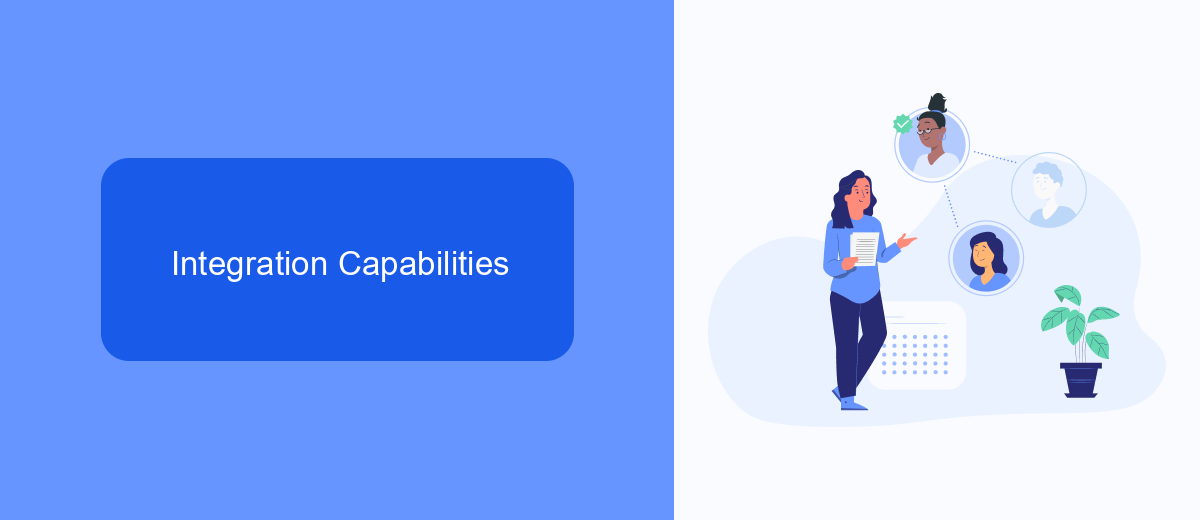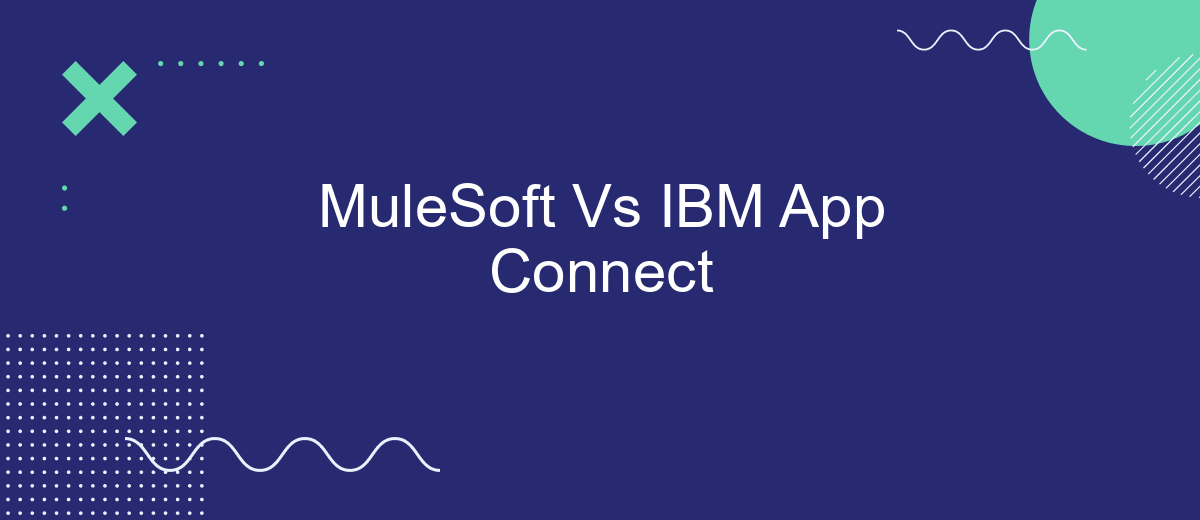Choosing the right integration platform is crucial for businesses aiming to streamline operations and enhance connectivity. MuleSoft and IBM App Connect are two leading solutions in this space, each offering unique features and capabilities. This article provides a comparative analysis of MuleSoft and IBM App Connect, helping you determine which platform best suits your organization's needs.
Introduction
In today's rapidly evolving digital landscape, businesses are increasingly relying on integration platforms to streamline their operations and enhance connectivity across various systems. Two prominent players in this space are MuleSoft and IBM App Connect. Both platforms offer robust solutions for integrating applications, data, and processes, but they cater to different needs and preferences.
- MuleSoft provides a comprehensive integration platform known as Anypoint Platform, which supports API-led connectivity and offers extensive capabilities for designing, building, and managing APIs.
- IBM App Connect, on the other hand, focuses on enabling users to quickly connect applications and data across various environments, offering a user-friendly interface and a range of pre-built connectors.
- SaveMyLeads is another noteworthy service that simplifies the integration process by allowing businesses to automate lead data transfer between different platforms, enhancing efficiency and accuracy.
Choosing the right integration platform depends on various factors, including the specific requirements of your business, the complexity of your integration needs, and your preferred approach to connectivity. By understanding the strengths and features of MuleSoft, IBM App Connect, and other services like SaveMyLeads, businesses can make informed decisions to optimize their integration strategies.
Integration Capabilities

MuleSoft offers a robust set of integration capabilities that enable users to connect various applications, data sources, and APIs seamlessly. With its Anypoint Platform, MuleSoft provides tools for designing, building, and managing APIs and integrations. The platform supports a wide range of integration patterns, including real-time, batch, and event-driven integrations, making it suitable for diverse business needs. Additionally, MuleSoft's data transformation and mapping tools simplify the process of converting data formats, ensuring smooth data flow between systems.
IBM App Connect, on the other hand, delivers a comprehensive suite of integration capabilities designed to connect applications and data across on-premises and cloud environments. It features pre-built connectors for popular applications and services, which significantly reduce the time and effort required to set up integrations. IBM App Connect also offers advanced data mapping and transformation features, allowing users to customize data flows according to their specific requirements. For businesses looking to streamline their integration processes, services like SaveMyLeads can further enhance their capabilities by automating lead data transfer between various platforms, ensuring timely and accurate information flow.
Pricing and Licensing

When comparing the pricing and licensing models of MuleSoft and IBM App Connect, it's important to consider the specific needs and scale of your organization. Both platforms offer flexible pricing structures to cater to different business requirements, but there are notable differences.
- MuleSoft: MuleSoft offers a subscription-based pricing model with three main tiers: Gold, Platinum, and Titanium. Each tier provides different levels of support, performance, and features. Additionally, MuleSoft offers a pay-as-you-go option for smaller projects or businesses that need flexibility.
- IBM App Connect: IBM App Connect provides a tiered pricing model that includes a free tier for basic integrations and paid tiers for more advanced features and higher usage. The paid tiers are typically billed on a monthly or annual basis, with options for enterprise-level customizations.
Choosing between MuleSoft and IBM App Connect will depend on your budget, the complexity of your integration needs, and the level of support required. For businesses looking to simplify their integration processes, platforms like SaveMyLeads can also be considered, as they offer affordable and user-friendly solutions for automating data flow between various applications.
Ease of Use and Support

When it comes to ease of use, MuleSoft and IBM App Connect both offer intuitive interfaces, but they cater to different user bases. MuleSoft is known for its Anypoint Platform, which provides a comprehensive suite of tools for developers and integration specialists. Its drag-and-drop interface and pre-built connectors simplify the integration process, making it accessible even for those with minimal coding experience.
IBM App Connect, on the other hand, focuses on providing a seamless experience for business users and IT professionals. Its intuitive interface allows users to create integrations quickly, without needing extensive technical knowledge. The platform also supports a wide range of applications and services, making it versatile for various business needs.
- MuleSoft Anypoint Platform: Developer-friendly, extensive pre-built connectors, and drag-and-drop interface.
- IBM App Connect: Business user-friendly, supports a wide range of applications, and quick integration setup.
Both platforms offer robust support options, including comprehensive documentation, community forums, and dedicated customer support. Additionally, services like SaveMyLeads can further simplify the integration process by automating lead data transfers between various platforms, making it easier to manage and optimize business workflows.
Conclusion
In conclusion, both MuleSoft and IBM App Connect offer robust solutions for integration needs, each with its own set of strengths. MuleSoft stands out with its extensive API management capabilities and a wide range of connectors, making it an excellent choice for complex, enterprise-level integrations. On the other hand, IBM App Connect excels in its ease of use and seamless integration with other IBM products, making it ideal for organizations already invested in the IBM ecosystem.
When choosing between these two platforms, it's crucial to consider your organization's specific requirements and existing infrastructure. For businesses looking for a simpler, more automated solution, services like SaveMyLeads can also be a valuable addition. SaveMyLeads offers easy-to-use tools for automating lead data transfers, which can complement either MuleSoft or IBM App Connect by streamlining the initial stages of data integration. Ultimately, the right choice will depend on your unique needs and long-term integration strategy.
FAQ
What are the primary differences between MuleSoft and IBM App Connect?
Which platform is better for API management?
How do both platforms handle cloud and on-premises integration?
What are the cost considerations for MuleSoft vs IBM App Connect?
Are there services available to help implement and configure these integration platforms?
Would you like your employees to receive real-time data on new Facebook leads, and automatically send a welcome email or SMS to users who have responded to your social media ad? All this and more can be implemented using the SaveMyLeads system. Connect the necessary services to your Facebook advertising account and automate data transfer and routine work. Let your employees focus on what really matters, rather than wasting time manually transferring data or sending out template emails.
